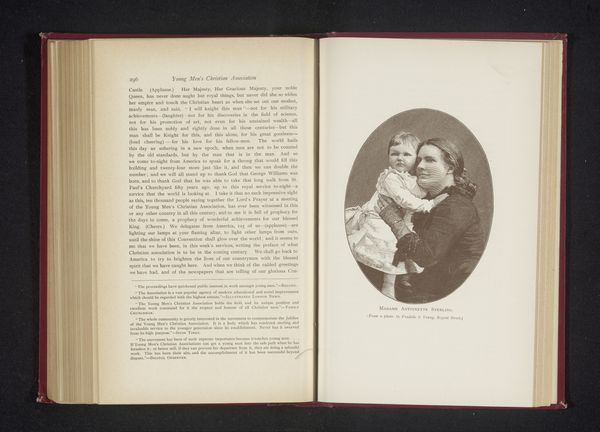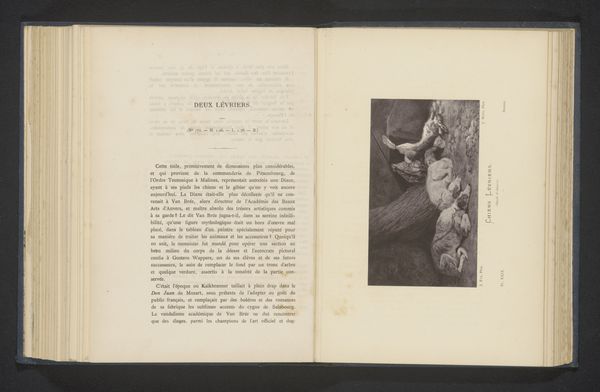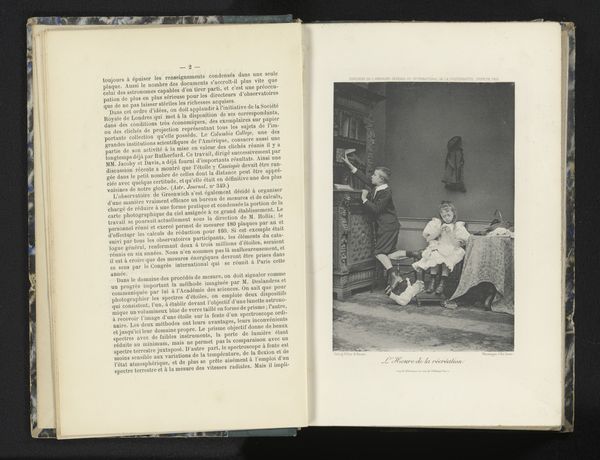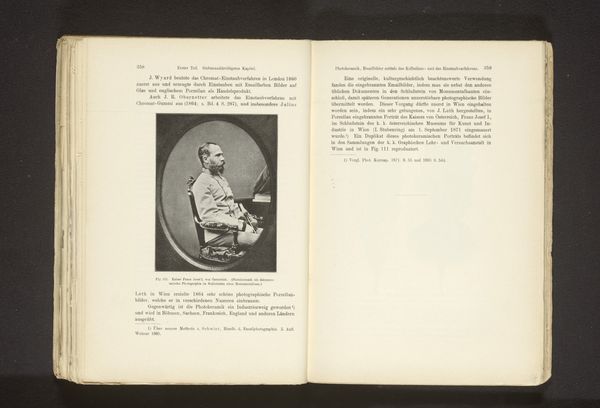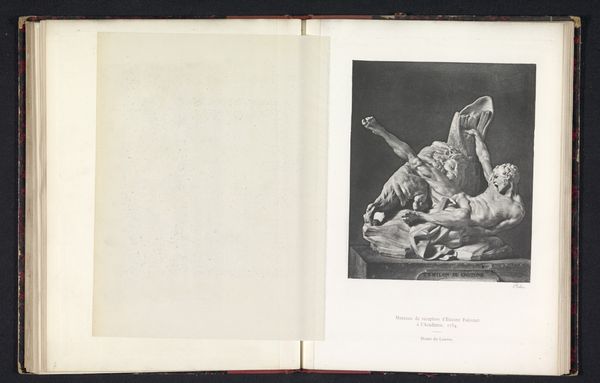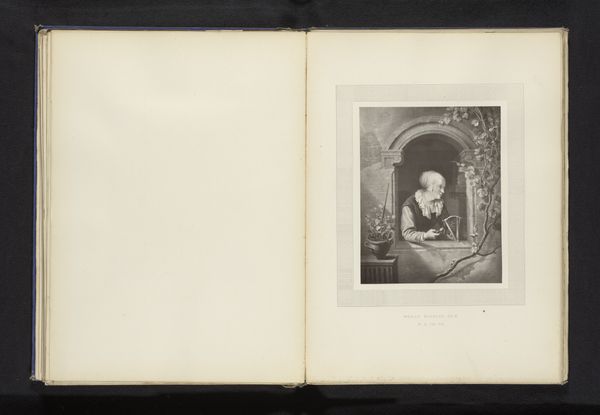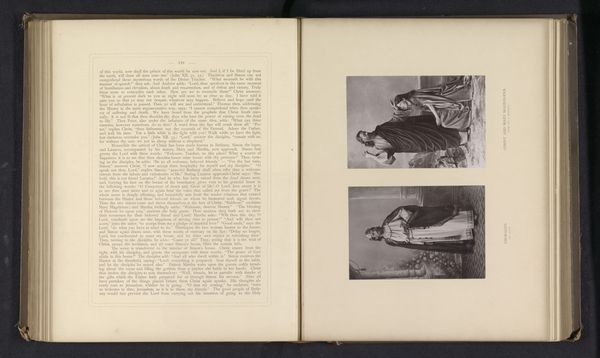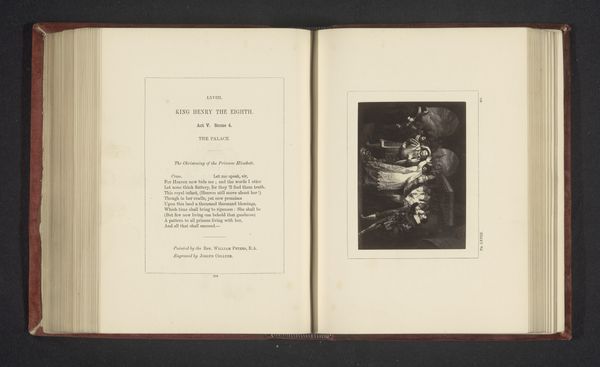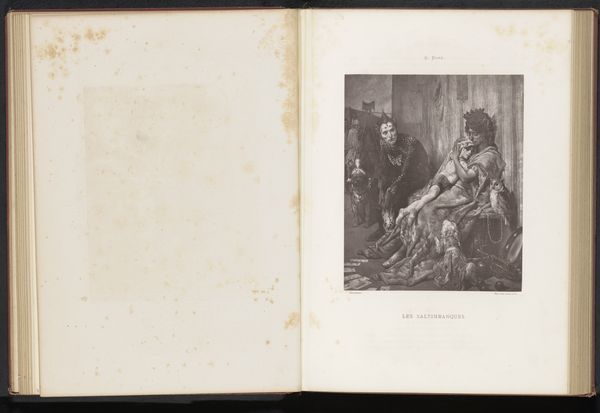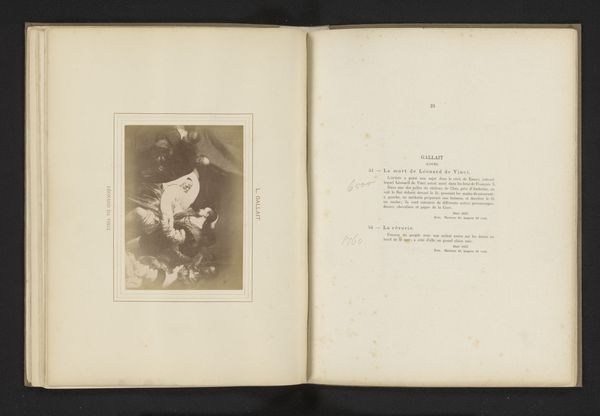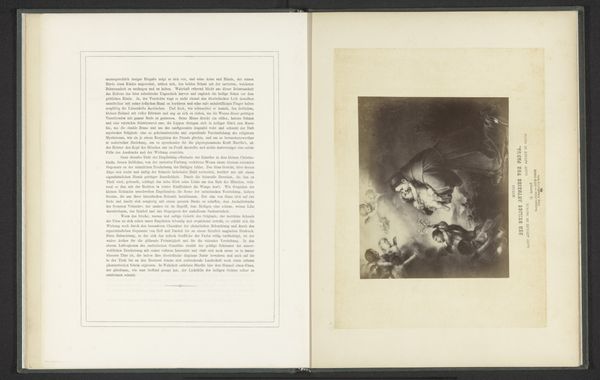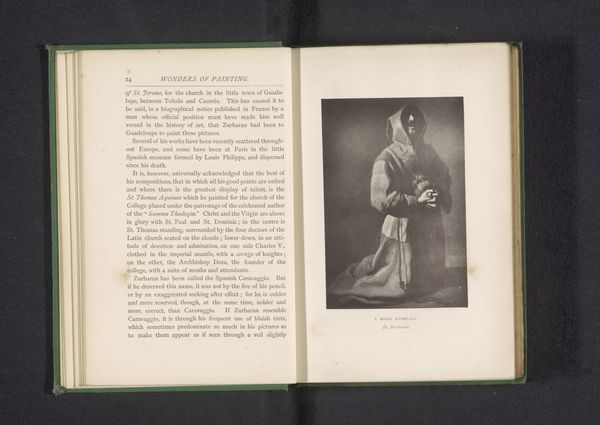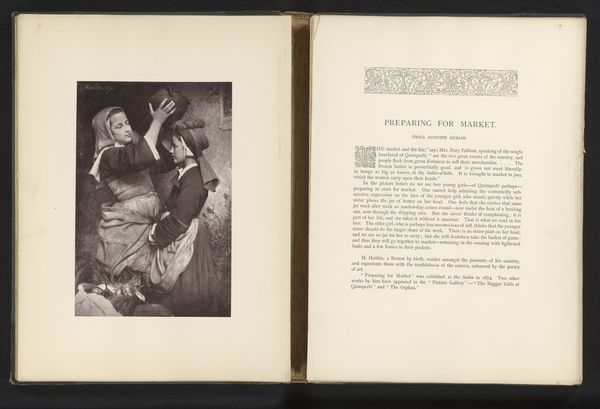
Fotoreproductie van een prent naar een schilderij van een krijger in harnas mogelijk door Giorgione before 1870
0:00
0:00
print, engraving
#
portrait
# print
#
history-painting
#
italian-renaissance
#
engraving
Dimensions: height 125 mm, width 105 mm
Copyright: Rijks Museum: Open Domain
Curator: Here we have "Fotoreproductie van een prent naar een schilderij van een krijger in harnas mogelijk door Giorgione"—which translates to "Photographic reproduction of a print after a painting of a warrior in armour, possibly by Giorgione." It dates from before 1870 and is held here at the Rijksmuseum. It is an engraving print. What are your initial thoughts? Editor: I'm struck by the quiet tenderness depicted, especially in contrast to the warrior's hard, metal armour. The soft, almost melancholic expression is really what draws my attention first, it is interesting, given the presumed historical context. Curator: The socio-political environment of the Italian Renaissance heavily influenced artistic production, especially the revival of classical themes and the patronage system. Images of warriors served varied roles: sometimes celebrating military strength or as symbols of civic duty, though the actual function of this work remains to be definitively explained. How was this sort of image consumed at this moment in the 19th century I wonder, what use was this image in its time? Editor: Exactly, as a photographic reproduction it suggests something about value and access. Engravings made such imagery more widely available. Consider the labour involved in producing these prints, meticulously recreating an existing image, thus contributing to both its preservation and wider dissemination. Curator: Precisely. These photographic prints really raise the interesting debate around originality and authenticity of imagery, making Giorgione accessible and consumed more widely in different historical moments. In its time this type of history painting would be circulating widely throughout collections. Editor: And I find it equally intriguing how the artistic process translates from the original painting to the print. Note the linear qualities of the engraving and compare this against what must have been the painterly treatment on the original canvas. How does the material change the way the story is being told, or reframed by the reproductive process itself? Curator: Those are valid points. When assessing the historical reception of this work it shows us just how images operate across social boundaries. Here we can ask, whose vision of history is being presented, and for whom? Editor: Yes, and that the accessibility of prints could democratize art ownership to some extent but, in some other respects, it could cheapen and standardize the meaning, wouldn't you say? I wonder how we'll be framing all of this today. Curator: Thinking about these socio-political and art production dynamics can illuminate just how intertwined they really are, something to take away here today perhaps? Editor: Precisely, and so let's consider this reproduction as an object of material and historical significance, showing the changing relationships between the artist, workshop production and modes of cultural distribution.
Comments
No comments
Be the first to comment and join the conversation on the ultimate creative platform.
